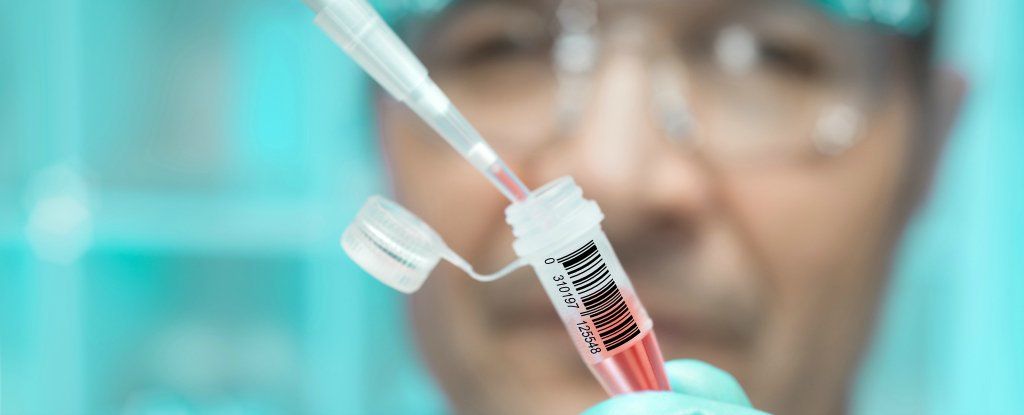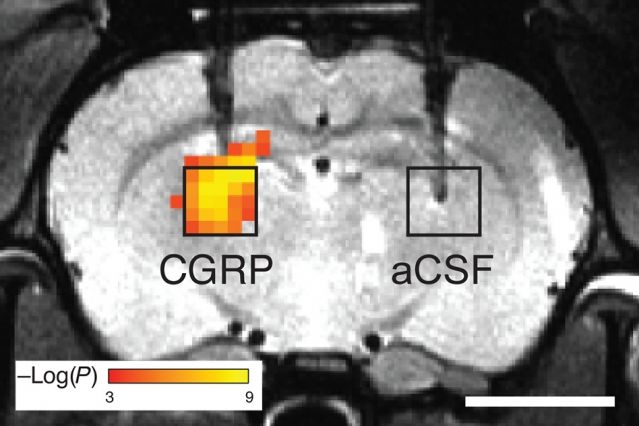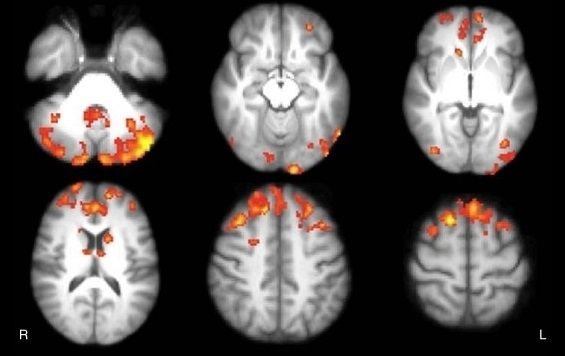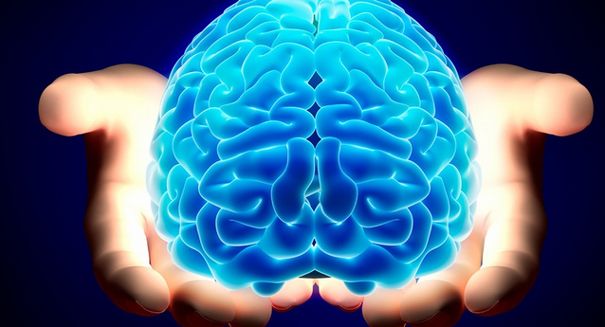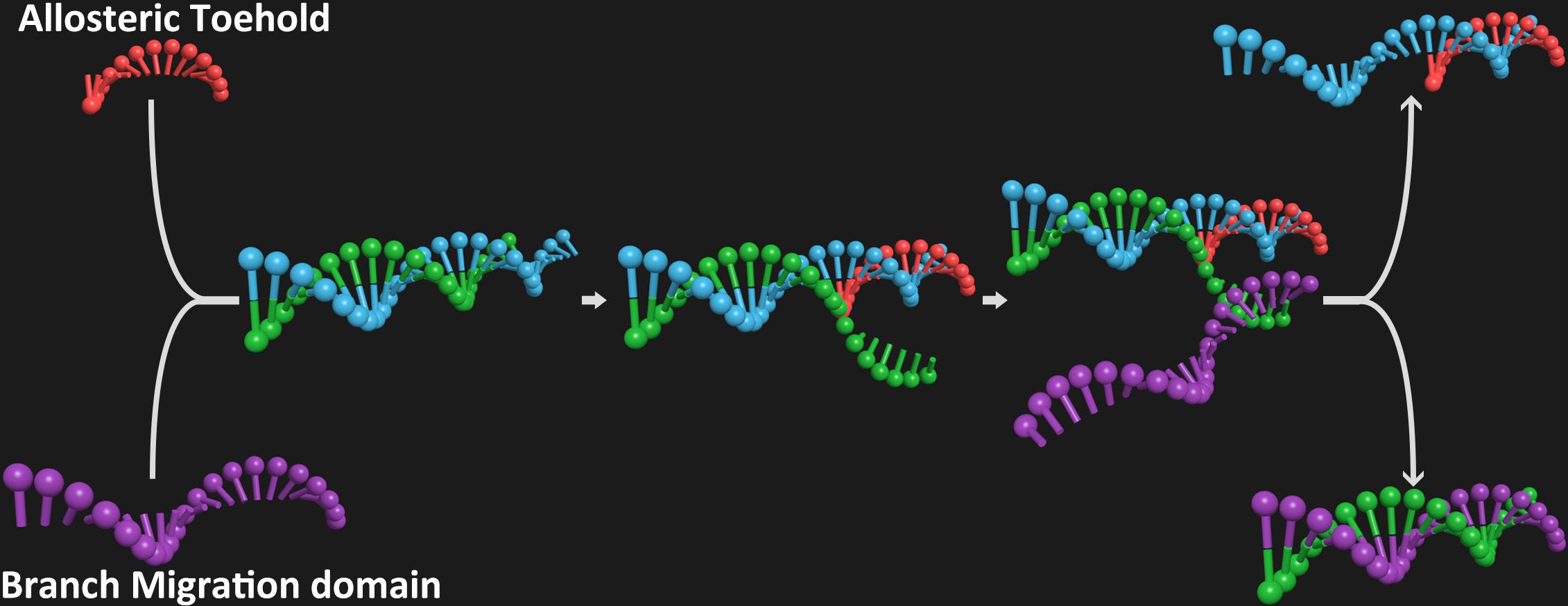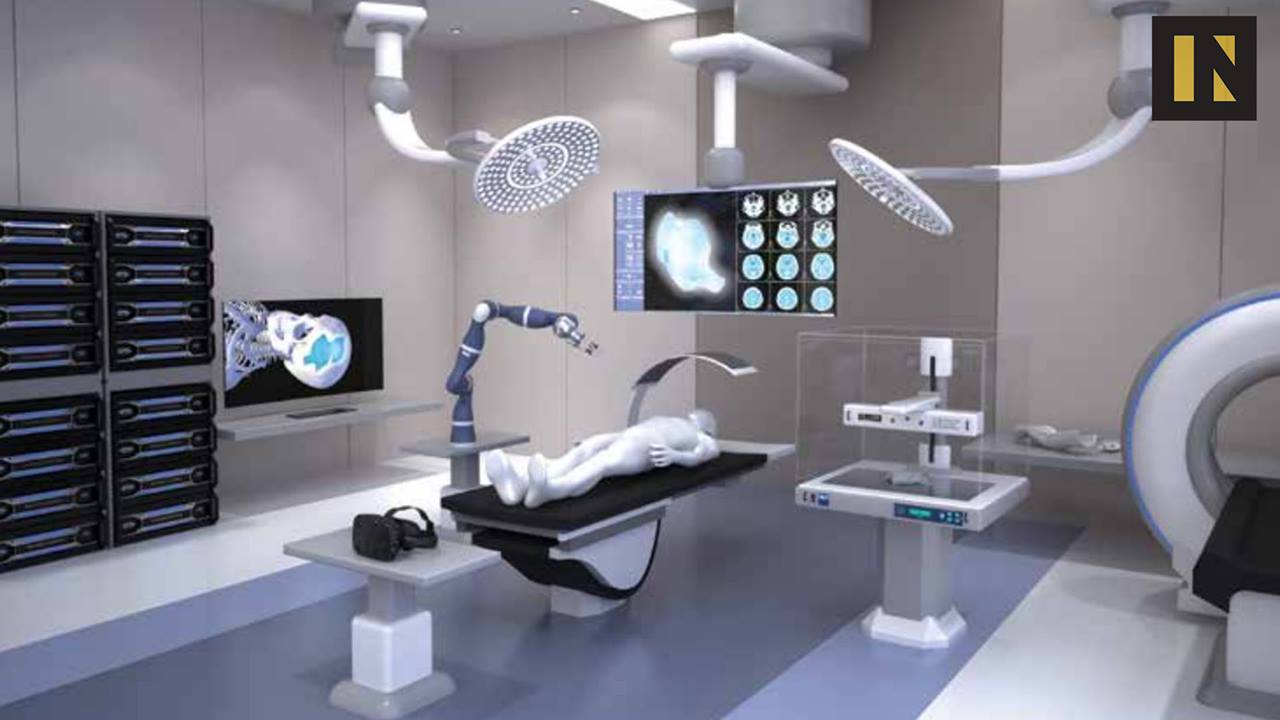The full antiaging rejuvenation toolkit of the next few decades will consist of a range of different treatments, each targeting a different type of molecular damage in cells and tissues. Fightaging predicts the likely order of arrival of some of these therapies, based on what is presently going on in research, funding, and for-profit development.
1) Clearance of Senescent Cells
Everon Biosciences, Oisin Biotechnologies, SIWA Therapeutics, and UNITY Biotechnology are all forging ahead with various different approaches to the selective destruction of senescent cells. No doubt many groups within established Big Pharma entities are also taking a stab at this, more quietly, and with less press attention. UNITY Biotechnology has raised more than $100 million to date, demonstrating that there is broad enthusiasm for this approach to the treatment of aging and age-related disease.

